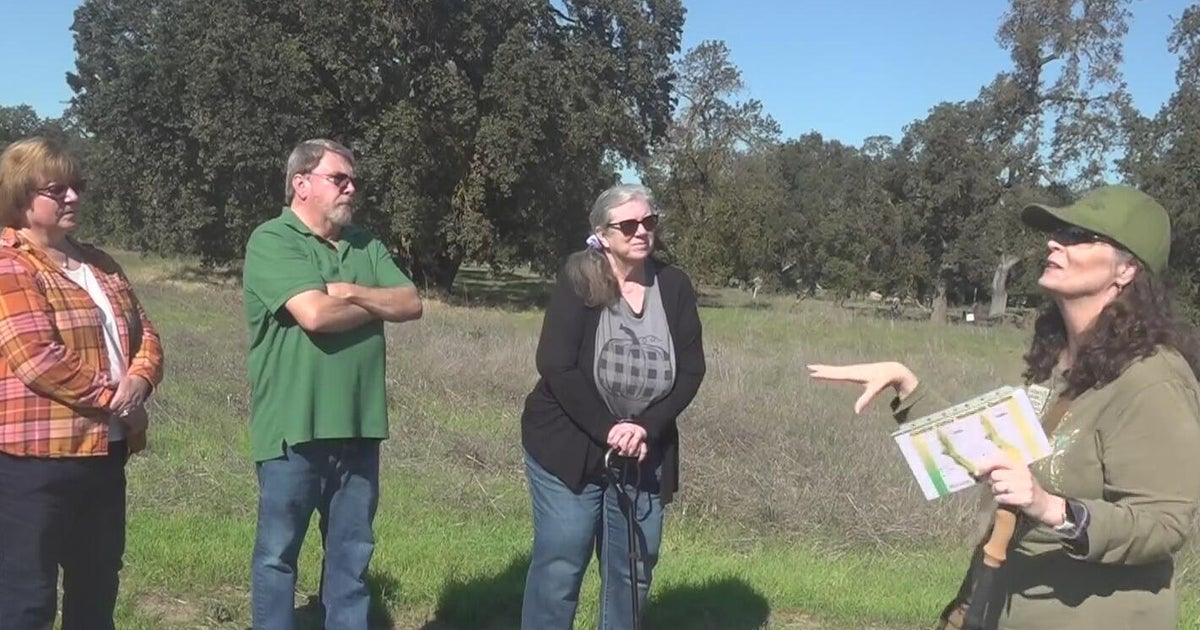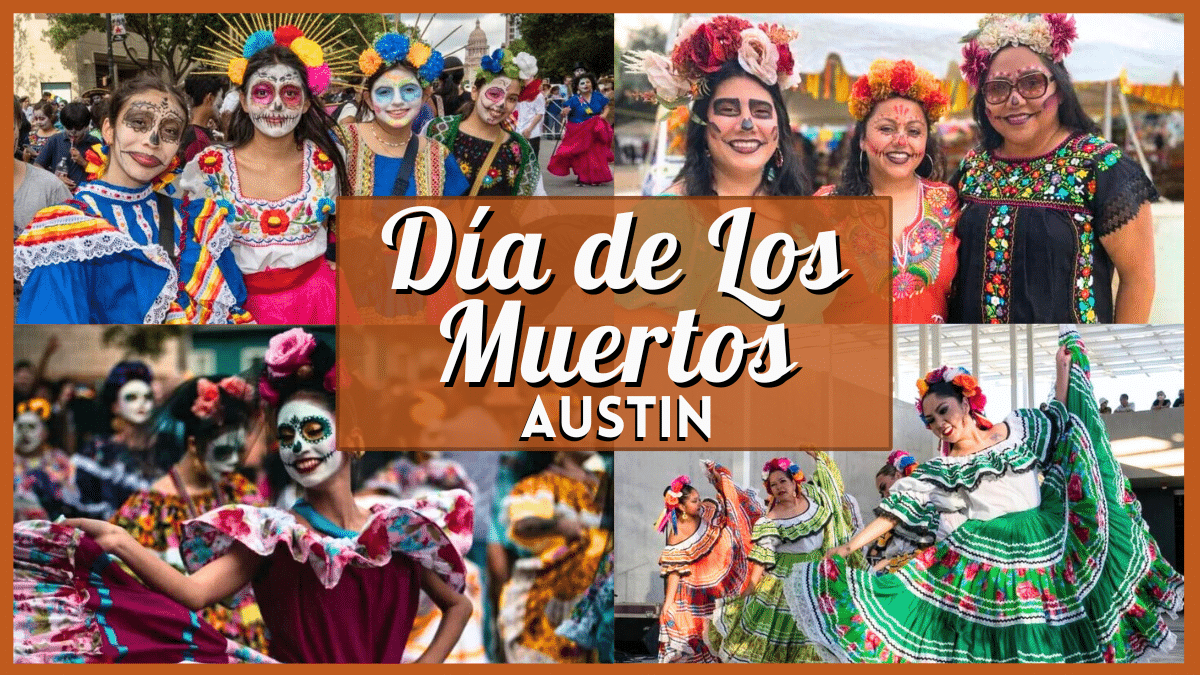California
California woman arrested after 27 horses found dead, others emaciated, neglected

Authorities in California have arrested a woman after they found more than two dozen dead horses on several properties this week.
The woman is facing charges including criminal threats, cruelty to an animal, threatening a public official, and possession of a short-barrel shotgun, according to the San Joaquin County Sheriff’s Office. She is scheduled to appear in court on Friday.
Court records obtained by USA TODAY on Thursday show the case was filed as a felony.
On Wednesday, deputies and animal services officers carried out a search warrant at several properties in Clements, about 40 miles southeast of Sacramento. They found “several malnourished horses” that had “limited access to any food or water.”
About 27 dead horses were also found at the scene.
Other animals had to be euthanized
Photos shared by the San Joaquin County Sheriff’s Office show the horses, one of which is extremely emaciated. The animal service officers and veterinarians evaluated and rescued 16 of them.
“Unfortunately, four horses and one bull had to be euthanized due to their extreme neglect,” the sheriff’s office said.
The rescued horses were taken to Oakdale Equine Rescue, “who will ensure they receive proper nutrition, medical attention, and rehabilitation,” the sheriff’s office said.
The agency continued: “We are committed to protecting the welfare of all animals in our community and will continue to investigate this matter.”
The sheriff’s office identified the woman charged as Jan Ann Johnson. No attorney was listed for her in court records.
Taylor Ardrey is a news reporter for USA TODAY. You can reach her at tardrey@gannett.com.

California
California Quietly Kills Electric Bike Vouchers, Sending Money to EV Incentives Instead | KQED

“I think that’s really unfortunate that we’re responding to the current federal situation by limiting Californians’ ability to get really the cheapest and most economical, sustainable transportation option, instead of sort of doubling down and saying, ‘We have this really low-cost option that opens trips up for more people, and then we also have this other option for people who need cars,’” Ramsey said.
CARB’s e-bike program, created by a bill passed in 2022, faced difficulties getting off the ground. It wasn’t until 2024 that the agency began issuing $1,750 vouchers for a range of approved bikes to people whose annual household income fell under 300% of the federal poverty line. An additional $250 was available to applicants who met further income criteria.
The program was designed to expand access to an affordable transportation model, especially for non-drivers and people with limited mobility.
While it was heralded initially as an ambitious, and significant, step toward clean transportation, it also invited widespread criticism after a slow rollout, multiple pushed-back application timelines and two state investigations into Pedal Ahead, the nonprofit chosen to administer the vouchers.
Applicants also expressed frustration over technical issues with the application process once it got underway.
While the state’s electric vehicle incentive program has a rolling application process, the e-bike voucher program, by contrast, requires people to log onto the website at a prescribed time, click the application portal at just the right moment and enter their information under a time crunch.
“I found it a little bit surprising that the same entity would have two similar voucher programs run completely different ways … when they had an existing program that was already working, that was distributing a large amount of money as well,” Ramsey said.
California
Nature tour highlights historic importance of California oak trees during the fall

The Shumway Oak Grove Regional Park in Stockton launched an autumn nature walk for the community to get an inside look at how important California’s historic oak trees are, especially during the fall.
Carolyn Dougherty is a volunteer naturalist at Oak Grove Nature Center and led a group of people on Sunday morning for a new nature walk, which kicked off this fall: “Autumn Among the Oaks”.
“During the autumn, we talk about what’s happening here in the autumn, like our oak galls and our acorns,” Dougherty said. “And what animals are doing and what our Yokuts tribes were doing at this time of year, which was gathering acorns to store for the winter.”
Dougherty is a retired educator and a big advocate for lifelong learning, not just for herself but to share knowledge with others — especially at this Oak Grove preserve.
“We are a preserve,” Dougherty said. “And I’d like people to understand why the importance of preserving the oak groves isn’t just because of the trees but all of the species that each tree supports.”
Dougherty said these oaks are keystone species, supporting up to 4,000 different species like California scrub-jays, acorn woodpeckers, California ground squirrels, and Western lizards.
“This is my second time taking this tour because I find it fascinating,” Dr. Julie Bates-Livesay, a Stockton resident, said. “And so I got to learn more about galls that grow on oak trees that we make ink out of them, that historic documents were written in the ink produced by them.”
Dougherty said the Yokuts Trail and Miwok Trail were named to pay homage to the ancestors of the area. And as these leaves fall this season, one of the goals of the tour is to have an appreciation for California’s rich history.
“To know where we came from and just to have a deeper appreciation of native California history…the importance of our landscape and what our native landscape contributed to our indigenous people, and how it transformed with our agriculture and industry,” Dougherty said.
Dougherty says 80% of these groves in California are unprotected and can be affected by development and agriculture.
“So, each time that we can protect a little pocket of it is important to us,” Dougherty said.
“Come out and be in nature,” Dr. Bates-Livesay said. “We’re very fortunate to live where we live, to have access to this kind of a nature environment. Whether it be here, at Oak Park, or in Lodi, at Lodi Lake, or a little further up the hill at one of our California or National Parks. We’re blessed here in California to have that kind of access.”
With each step the local community members took with the tour, they learned to appreciate the oaks, their history, and the steps it takes to preserve the land amidst this season.
“To see the park being utilized, from everything from frisbee golf to these kinds of educational tours is a big thing,” Dr. Bates-Livesay said.
“I think it’s really important to understand where we came from, and that our part in this life is to be a good steward,” Dr. Bates-Livesay said. “And the only way you can be a good steward is if you even know that nature exists and that you’re a part of that.”
There will also be a Sandhill Crane Festival in Lodi next week. Dougherty told us these habitats were once threatened, but with the help of conservationists and local farmers working together, she says the cranes are coming back.
There are tours for different seasons with different topics related to the season, along with a nature center with different programs. Some of those include walks, school tours, an “Astronomy in the Park” monthly event to see stars, and hands-on learning for people of all ages.
For Dr. Bates-Livesay and her friends, they capped off the tour with a picnic among the oaks.
California
It rained a lot in October. Is fire season over now?

This autumn brought something that isn’t always common for much of California — a decent amount of rain in October. Rather than heat waves, there have been umbrellas.
After years in which some of the worst wildfires in state history happened in the fall, a lot of people are wondering: Is fire season over?
It depends on where you live, fire experts say. And simply put, there’s more risk in Southern California right now than Northern California.
“We have not yet seen enough rain in Southern California to end fire season,” said Daniel Swain, a climate scientist with the University of California division of Agriculture and Natural Resources. “But we probably have in Northern California.”
January saw historic, devastating fires in Los Angeles. Since then, it has been a relatively mild fire year statewide in California.
Through Monday Oct. 27, a total of 522,372 acres have burned statewide in areas overseen by the California Department of Forestry and Fire Protection and the U.S. Forest Service. That’s a drop of 40% from the previous 5-year average of 1.3 million acres over the same time. A big part of the reason is the early onset of rain.
Through Thursday, San Jose had received 2 inches of rain, more than four times its historical average for the month of October. Oakland had 1.64 inches — double its historical average of 0.84. Sacramento’s total also was double the historical average, and Santa Rosa and San Francisco were at 125% and 113% of normal for the month.
Farther south, Fresno was at 223% of normal, with 1.18 inches, and Los Angeles had received 252% of normal with 1.41 inches. But a few areas, including San Diego and Palm Springs, remain below normal. And nearly all of Southern California’s rain came in one storm on Oct. 15. After that, temperatures have soared back up, hitting 97 in Los Angeles this week.
On Wednesday the National Weather Service issued a red flag warning for parts of Ventura and Los Angeles counties. With forecasts for strong winds that day, Gov. Gavin Newsom announced that 129 firefighters, 10 engines and three helicopters would be pre-positioned in case fires started in those areas.
But in Northern California, the trend has been just the opposite.
Cal Fire cancelled a controlled burn planned for Wednesday at the Soquel Demonstration Forest in Santa Cruz County aimed at reducing overgrown brush. The reason: brush and trees were too damp.
The day before, Cal Fire officials had planned to burn 52 acres in San Mateo County in a controlled fire east of Interstate 280 near Belmont and Crystal Springs Reservoir. They gave up after 6 acres because only grass and not heavier vegetation like coyote brush would burn, said Sarah Collamer, a Cal Fire forester who was overseeing the operations.
“We’re still in fire season,” she said. “We are getting small starts. They are going until we put them out. But the fire danger is greatly reduced.”

Illustrating her point, last Thursday, a fire broke out east of downtown San Jose at Alum Rock Park. Cal Fire sent a plane to drop retardant on it. But it was put out at 10 acres and caused no damage. A grass fire that began near Altamont Pass in Alameda County last Sunday burned 20 acres and was easily contained by fire crews.
Moisture levels are key. As most campers know, wet wood doesn’t burn. When California is in droughts and heat waves, moisture levels in plants plummet. After rains and cooler temperatures, along with higher humidity levels, moisture levels go up. Then, fires may start in grass, but they don’t spread easily to damp brush and trees, particularly if there aren’t strong winds.
“Right now you could get a grass fire going,” said Craig Clements, director of the Fire Weather Research Laboratory at San Jose State University. “But whether or not it will end up being a big fire is unlikely. We are seeing the hills green up already from the early rain. It looks like January right now in the East Bay Hills.”
Overall, national experts say California is in good shape. The 7-day forecast from the National Interagency Fire Center in Boise, Idaho has “little or no fire risk” for all of California except part of southern California from Santa Barbara to the Mexican border where it is listed as “low risk.” And more rain is forecast in Northern California on Wednesday.
Fire experts disagree on whether there is an exact amount of rain each fall that signals the end of fire season. Often, supervisors of controlled burns wait until at least 1 inch has fallen, Clements said.
Dan Cayan, a research meteorologist with the Scripps Institution of Oceanography in San Diego, published a study in 2022 showing that since World War II, 90% of the acres burned in Southern California have burned before 0.35 of an inch of rain has fallen in autumn. After that, fires can still start during winter dry spells and high Santa Ana winds, he said. But they are much less likely.
“Northern California is doing pretty well,” he said. The dividing line this fall between wetter-than-normal and drier-than-normal runs through L.A. County. We’ve had some slight rain in San Diego, but it has been nearly three weeks with nothing. We’re still in a vulnerable situation down here.”
Many of California’s worst wildfires have occurred in the fall, including the Oakland Hills Fire in October 1991; the Camp Fire in Paradise, in November 2018; and the Tubbs Fire in October 2017, which killed 22 people and burned 5,600 structures in Napa and Sonoma counties.
After those fires, Cal Fire officials and many political leaders began saying that fire season is all year long in California due to warmer conditions from climate change.
To some extent that is true. The devastating wildfires in Pacific Palisades and Altadena this year occurred in January, amid a long, hot, dry spell and winds that reached 100 mph.
But in general, risk goes down when rains start, temperatures cool, and days shorten, experts say. Because of the damp weather this fall, Cal Fire officials have begun to relax back-yard burning rules. Starting Oct. 17, they have allowed it in nearly every Bay Area County and all counties north to the Oregon border, under permits, when it was altogether illegal during the hot summer months.
In winter, Cal Fire stations also reduce staffing from peak levels, although that has not started yet.
“We could still have 80-degree days with winds,” said Capt. Robert Foxworthy, a Cal Fire statewide spokesman. “There’s still a chance of wildfire. We’re not expecting large damaging, destructive fires burning timber and brush because of how much moisture we’ve received. But in some places there is a threat still there.”
-

 Milwaukee, WI1 week ago
Milwaukee, WI1 week agoLongtime anchor Shannon Sims is leaving Milwaukee’s WTMJ-TV (Channel 4)
-

 News1 week ago
News1 week agoWith food stamps set to dry up Nov. 1, SNAP recipients say they fear what’s next
-

 Alabama1 week ago
Alabama1 week agoHow did former Alabama basketball star Mark Sears do in NBA debut with Milwaukee Bucks?
-

 News1 week ago
News1 week ago1 dead, 6 injured in shooting at Lincoln University homecoming festivities
-

 Culture1 week ago
Culture1 week agoVideo: Tyler Mitchell Breaks Down Three Photos From His New Book
-

 Austin, TX1 week ago
Austin, TX1 week agoDia De Los Muertos Austin: Parades, Altars & Events
-

 Seattle, WA3 days ago
Seattle, WA3 days agoESPN scoop adds another intriguing name to Seahawks chatter before NFL trade deadline
-

 Culture6 days ago
Culture6 days agoVideo: Dissecting Three Stephen King Adaptations




















